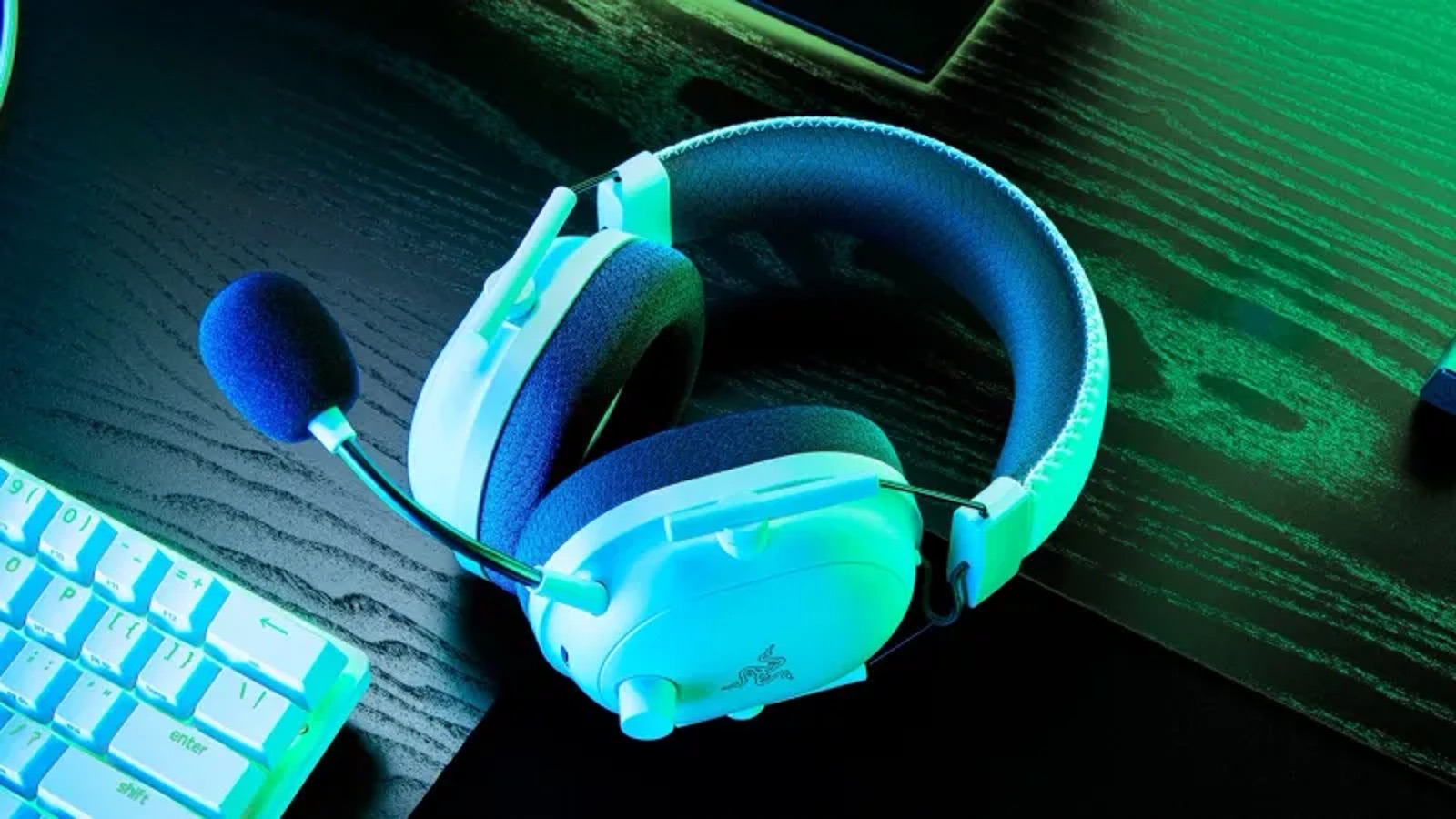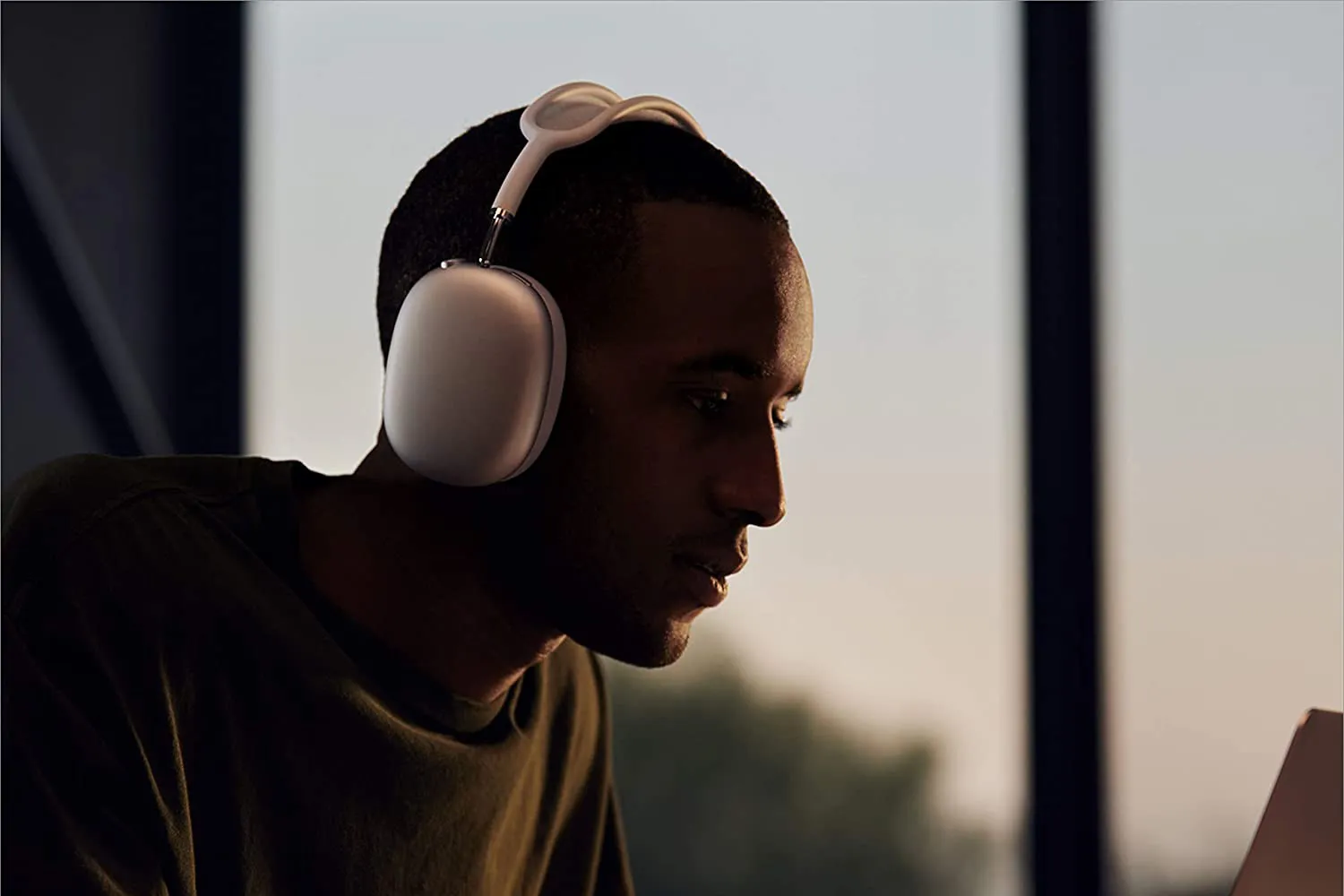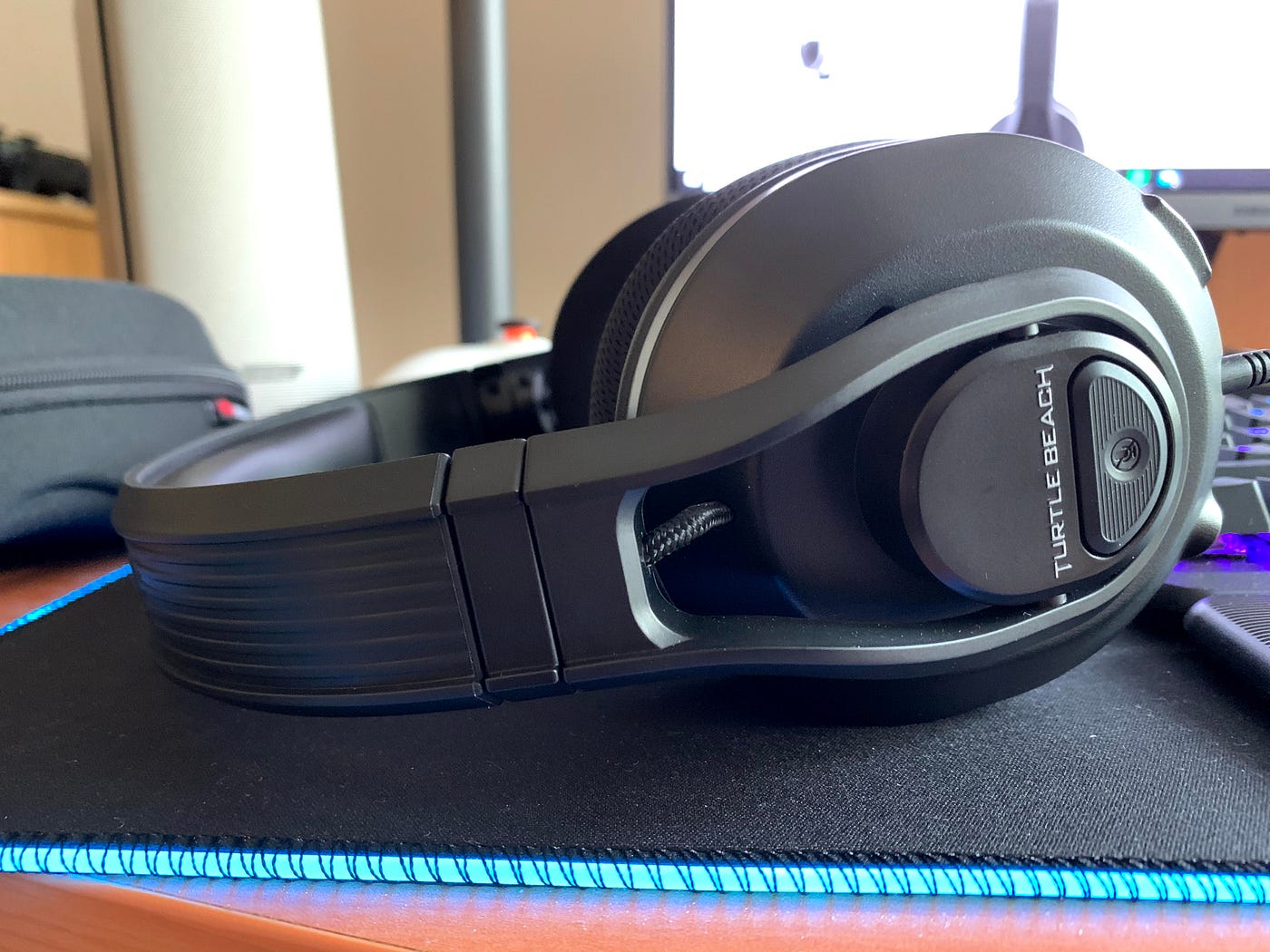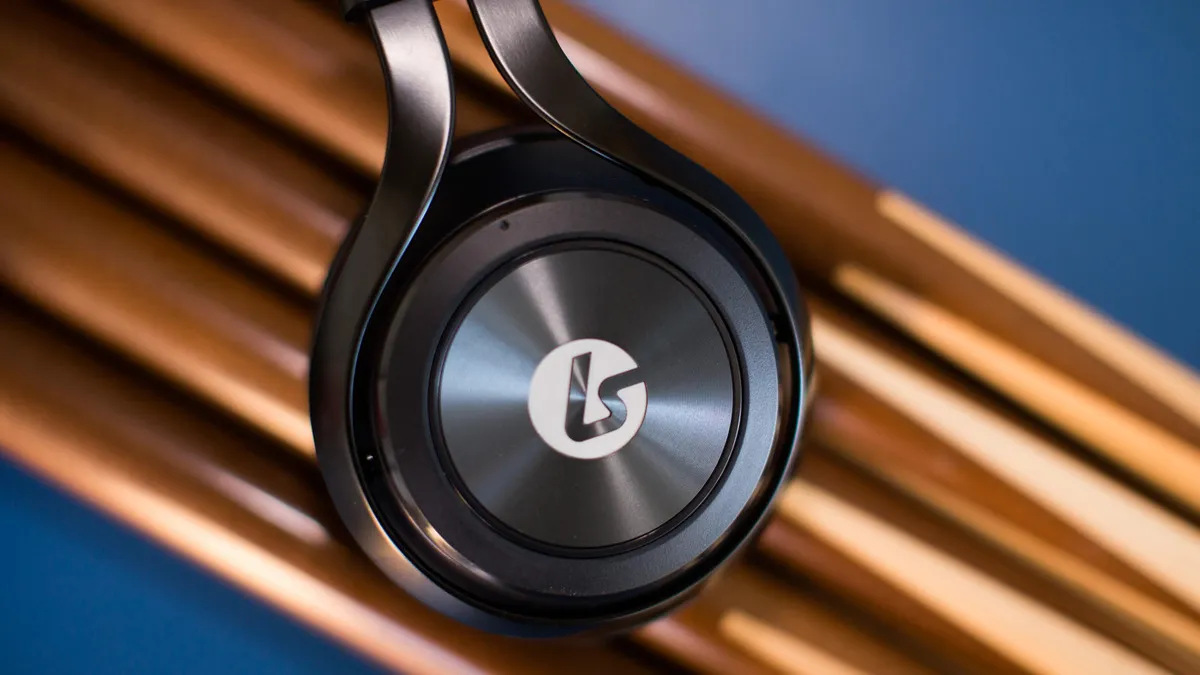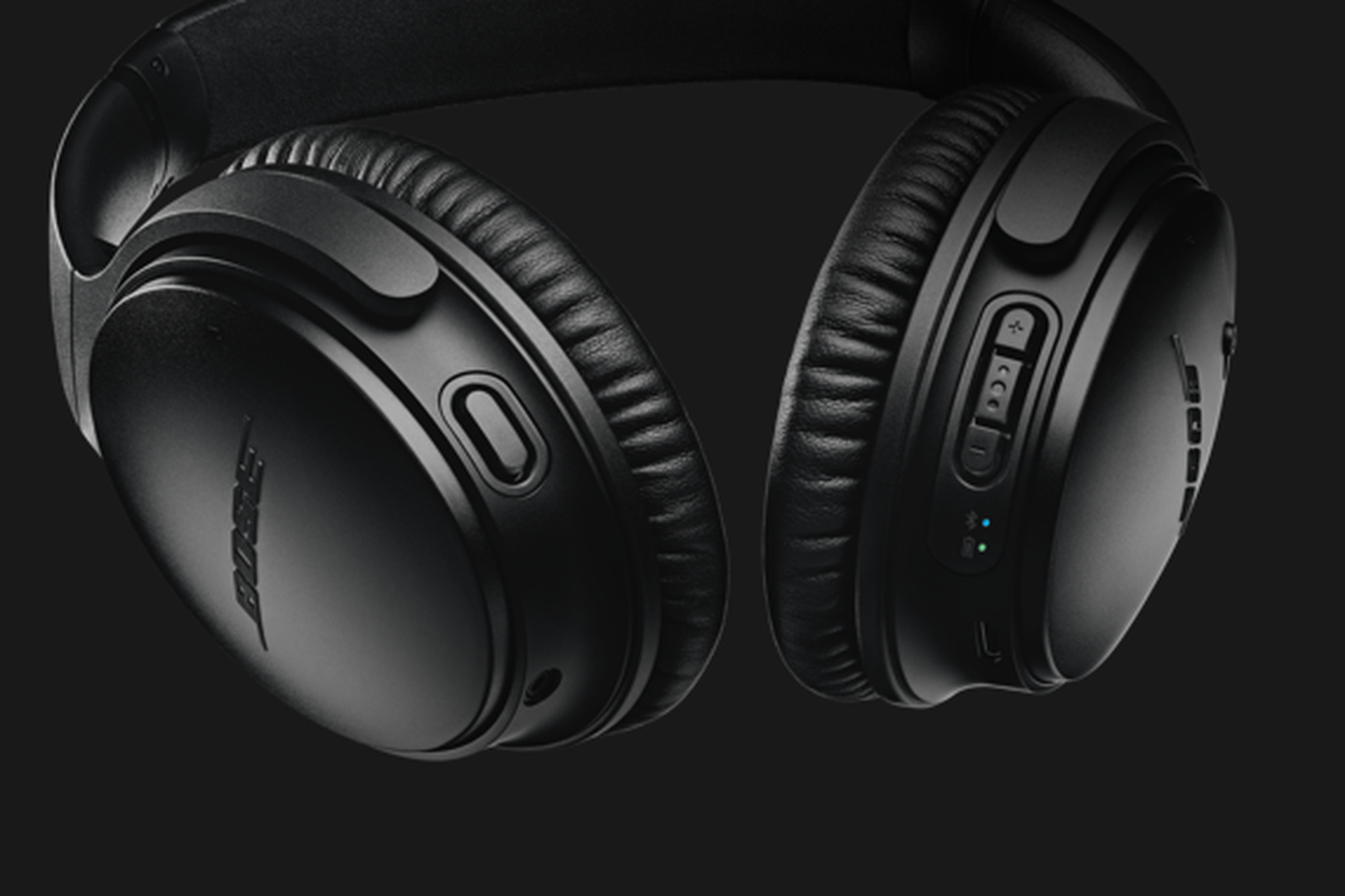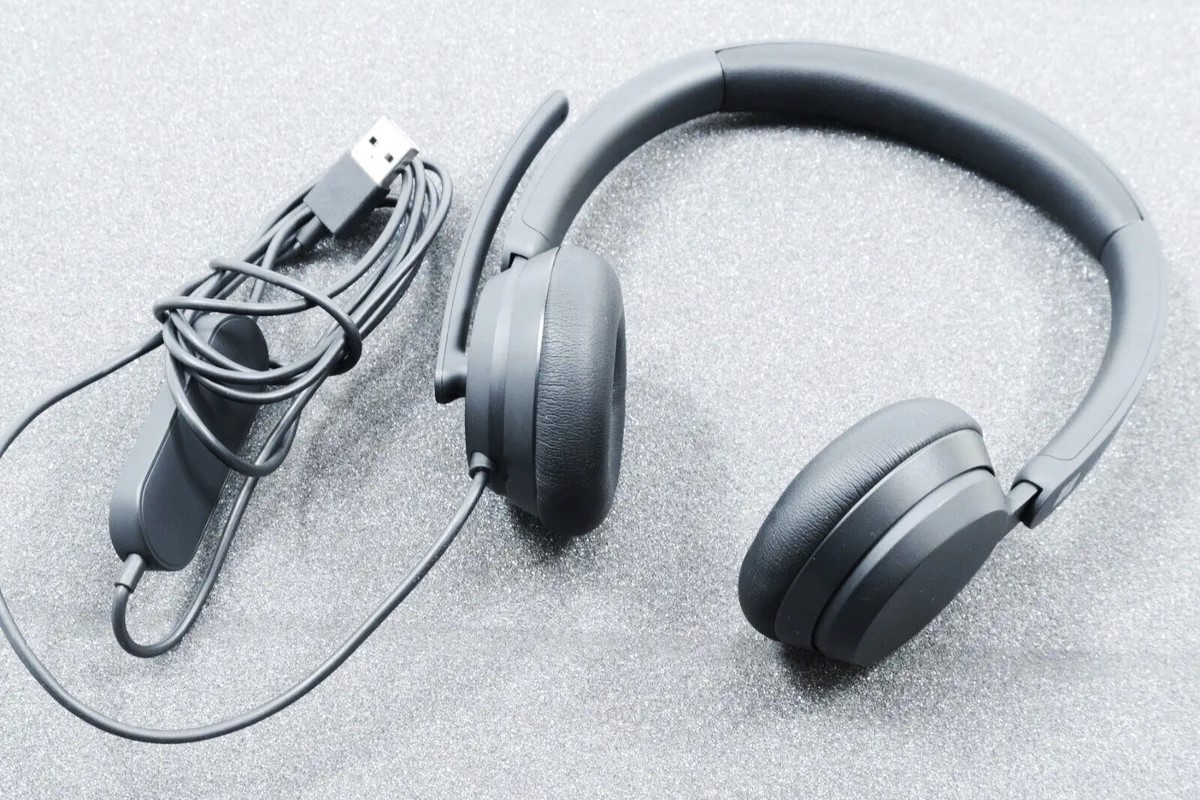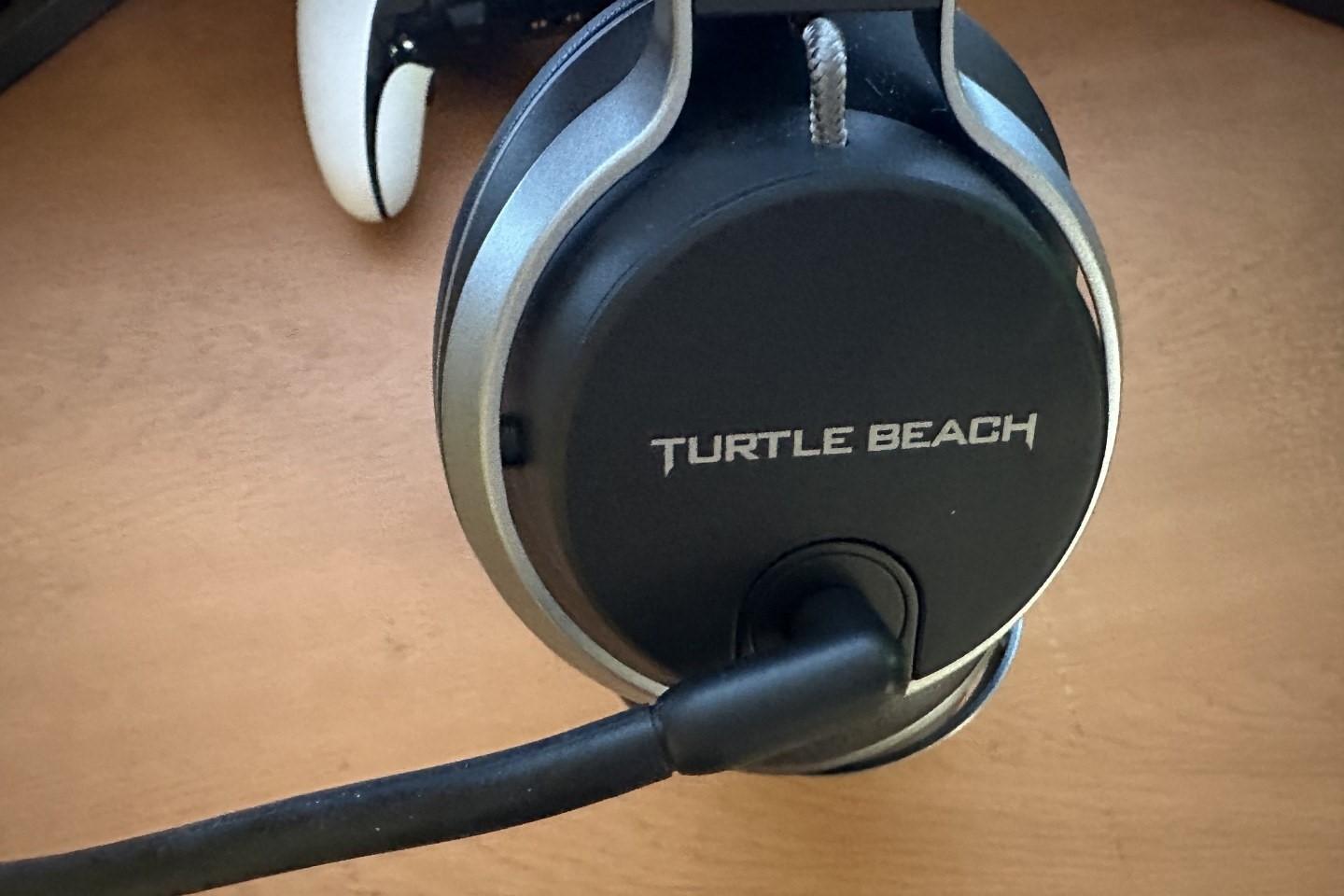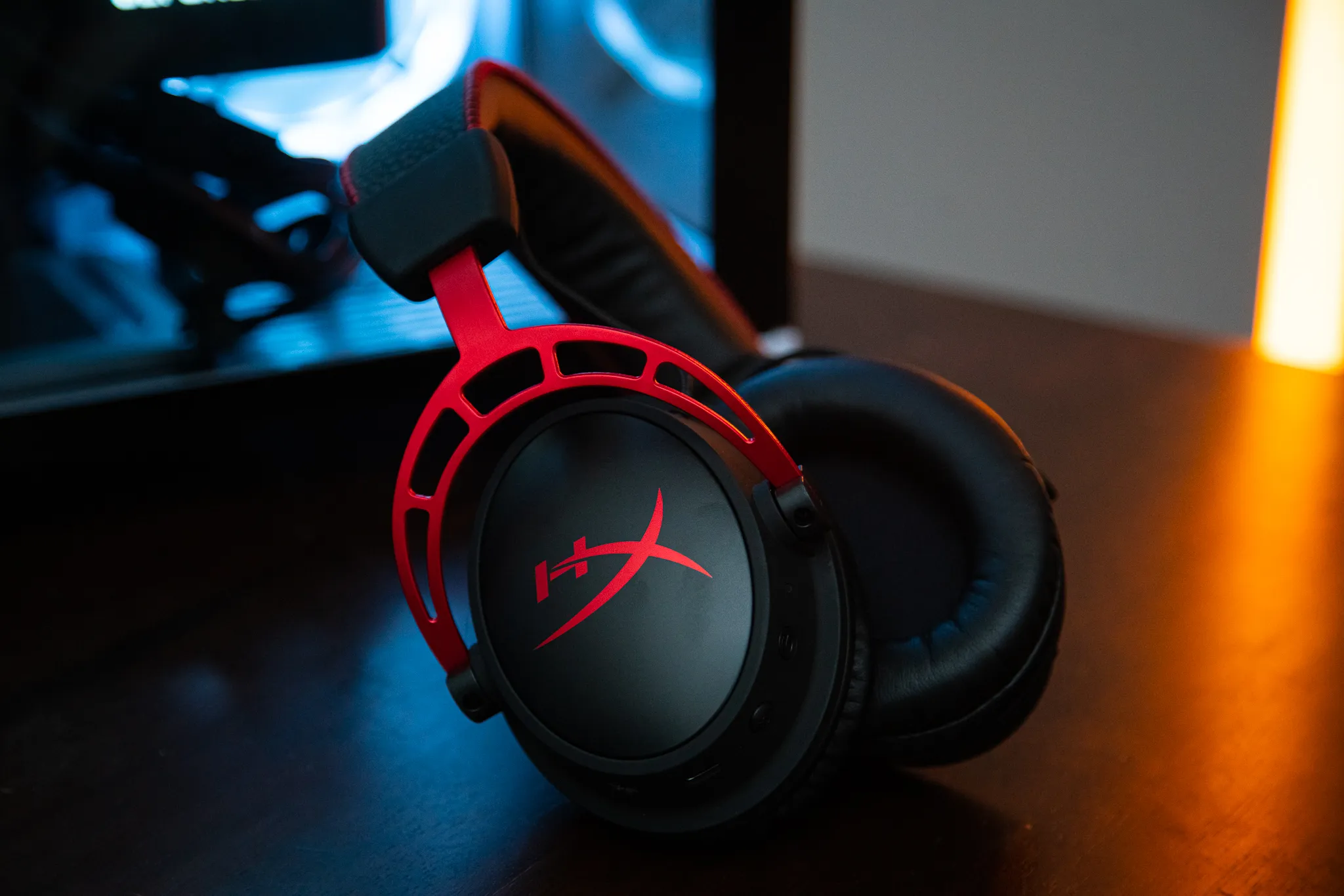Introduction
Imagine immersing yourself in a captivating virtual world, communicating with friends, or engaging in an important video conference, only to be startled by the unexpected sound of your own voice echoing back through your headset. This phenomenon, known as the "self-audio mystery," can be perplexing and disruptive, leaving users bewildered and seeking solutions.
The self-audio mystery occurs when individuals hear their own voice through their headset, often leading to a disorienting and distracting experience. Whether you're a seasoned gamer, a professional in the midst of a crucial virtual meeting, or simply enjoying a casual conversation, this unexpected occurrence can disrupt the flow of communication and diminish the overall experience.
Understanding the factors that contribute to the self-audio mystery is crucial for effectively addressing and resolving this issue. By exploring the common causes and implementing targeted troubleshooting steps, users can regain control over their audio experience and enjoy uninterrupted communication and immersion in their chosen activities.
In the following sections, we will delve into the intricacies of the self-audio mystery, unraveling its underlying causes, and offering practical troubleshooting steps to help users effectively address and resolve this perplexing issue. Whether you're a tech enthusiast, a dedicated gamer, or a professional navigating the complexities of virtual communication, this guide will equip you with the knowledge and solutions needed to conquer the self-audio mystery and reclaim a seamless audio experience.
Understanding the Issue
The self-audio mystery, often encountered during virtual communication or gaming sessions, is characterized by the unsettling experience of hearing one's own voice through the headset. This phenomenon can disrupt the natural flow of communication and immersion, leading to confusion and frustration for users. Understanding the intricacies of this issue is essential for effectively troubleshooting and resolving it.
The self-audio mystery can manifest in various forms, ranging from a subtle echo of one's voice to a more pronounced and disorienting feedback loop. This unexpected occurrence can be particularly perplexing for users who are unaccustomed to encountering such audio anomalies.
The underlying cause of the self-audio mystery often stems from the audio input and output settings of the device being used. When the device inadvertently routes the user's voice back through the headset, it creates a loop that results in the user hearing their own voice. This feedback loop can be disconcerting, disrupting the user's ability to communicate effectively and diminishing the overall audio experience.
Furthermore, the self-audio mystery can be exacerbated by the specific configurations of the headset, the audio software being utilized, and the communication platform in use. These factors can interact in unexpected ways, leading to the unintended playback of the user's voice through the headset.
In addition to the technical aspects, the psychological impact of hearing one's own voice unexpectedly can contribute to the disconcerting nature of the self-audio mystery. Users may find it challenging to concentrate or articulate themselves effectively when confronted with this unexpected audio feedback.
By comprehensively understanding the multifaceted nature of the self-audio mystery, users can approach the troubleshooting process with clarity and determination. In the subsequent sections, we will explore the common causes of this issue and provide targeted troubleshooting steps to empower users in resolving the self-audio mystery and restoring a seamless audio experience.
Common Causes of Self-Audio Mystery
The self-audio mystery, characterized by the disconcerting experience of hearing one's own voice through a headset, can stem from various underlying causes. Understanding these common triggers is essential for effectively troubleshooting and resolving this perplexing issue.
-
Audio Loopback Settings: One prevalent cause of the self-audio mystery is the inadvertent activation of audio loopback settings. When enabled, these settings result in the user's voice being routed back through the headset, creating a feedback loop that leads to the user hearing their own voice. This can occur due to misconfigured system settings or software defaults, causing unexpected audio playback and disrupting the natural flow of communication.
-
Microphone Sensitivity: In some cases, heightened microphone sensitivity can contribute to the self-audio mystery. When the microphone sensitivity is set too high, it may capture and transmit ambient sounds, including the user's own voice, back through the headset. This can lead to an unintended playback of the user's voice, creating a puzzling and disorienting audio experience.
-
Communication Platform Settings: The specific settings within the communication platform being used, such as video conferencing software or gaming communication applications, can also play a role in triggering the self-audio mystery. Certain default configurations or interaction with other audio devices connected to the system can lead to the inadvertent playback of the user's voice through the headset, contributing to the perplexing nature of this issue.
-
Headset and Audio Software Interaction: The interaction between the headset's hardware and the audio software being utilized can introduce complexities that contribute to the self-audio mystery. Incompatibilities or misconfigurations between the headset and the audio software may result in unintended audio feedback, causing the user to hear their own voice through the headset and disrupting the intended audio experience.
-
Environmental Factors: External environmental factors, such as acoustics and ambient noise, can also influence the occurrence of the self-audio mystery. In environments with significant reverberation or ambient noise, the headset's microphone may inadvertently capture and transmit the user's voice back through the headset, leading to the unexpected playback of their own voice.
By recognizing these common causes of the self-audio mystery, users can gain valuable insights into the factors contributing to this perplexing issue. Armed with this understanding, users can proceed to implement targeted troubleshooting steps to effectively address and resolve the self-audio mystery, restoring a seamless and uninterrupted audio experience.
Troubleshooting Steps
To effectively address and resolve the self-audio mystery, users can implement targeted troubleshooting steps designed to identify and rectify the underlying causes of this perplexing issue. By following these steps, individuals can regain control over their audio experience and restore seamless communication and immersion. Here are the essential troubleshooting steps to conquer the self-audio mystery:
-
Adjust Audio Settings: Begin by reviewing and adjusting the audio settings on the device and within the communication or gaming software being utilized. Check for any inadvertent activation of audio loopback settings and ensure that the microphone sensitivity is appropriately configured to minimize unintended audio feedback.
-
Platform-Specific Configurations: Explore the specific settings within the communication platform or gaming software. Look for options related to audio input and output devices, and verify that the correct devices are selected. Adjust any platform-specific configurations that may be contributing to the self-audio mystery.
-
Headset and Software Compatibility: Assess the compatibility and interaction between the headset's hardware and the audio software being used. Check for any available updates for the headset firmware or audio software, as compatibility issues or outdated software versions may contribute to the unexpected audio playback.
-
Environmental Considerations: Evaluate the environmental factors that may be influencing the self-audio mystery. If ambient noise or reverberation is a concern, consider optimizing the physical environment to minimize these factors. Additionally, adjusting the positioning of the headset's microphone or utilizing noise-canceling features can help mitigate environmental influences.
-
Microphone Configuration: Delve into the microphone settings and configurations, ensuring that the microphone sensitivity is set to an optimal level. Adjusting the microphone sensitivity can prevent the unintended capture and transmission of ambient sounds, including the user's own voice, which may contribute to the self-audio mystery.
-
Hardware Inspection: Conduct a thorough inspection of the headset's hardware, including the microphone, audio jacks, and any inline controls. Ensure that all connections are secure and free from damage. In the case of wireless headsets, check the battery status and connectivity to rule out hardware-related issues.
-
Update Drivers and Firmware: Verify that the device's audio drivers and the headset's firmware are up to date. Outdated drivers or firmware can lead to compatibility issues and unexpected audio behavior. Updating these components can resolve potential software-related causes of the self-audio mystery.
By diligently following these troubleshooting steps, users can systematically address the common causes of the self-audio mystery and work towards restoring a seamless and uninterrupted audio experience. With a methodical approach and attention to detail, individuals can conquer this perplexing issue and enjoy clear and undisturbed communication and immersion in their chosen activities.
Conclusion
In conclusion, the self-audio mystery, characterized by the unexpected playback of one's own voice through a headset, can be a perplexing and disruptive experience for users engaged in virtual communication, gaming, or online meetings. Throughout this comprehensive guide, we have delved into the multifaceted nature of this issue, exploring its common causes and providing targeted troubleshooting steps to empower users in effectively addressing and resolving the self-audio mystery.
By understanding the underlying triggers of the self-audio mystery, including audio loopback settings, microphone sensitivity, communication platform configurations, headset and software interactions, and environmental influences, users have gained valuable insights into the factors contributing to this perplexing issue. Armed with this knowledge, individuals can approach the troubleshooting process with clarity and determination, systematically identifying and rectifying the causes of the self-audio mystery.
The troubleshooting steps outlined in this guide offer a methodical approach to addressing the self-audio mystery, encompassing adjustments to audio settings, platform-specific configurations, compatibility assessments, environmental considerations, microphone configurations, hardware inspections, and updates to drivers and firmware. By diligently following these steps, users can work towards restoring a seamless and uninterrupted audio experience, free from the disconcerting playback of their own voice through the headset.
It is essential to recognize the psychological impact of the self-audio mystery, as the unexpected playback of one's own voice can disrupt concentration and communication, leading to frustration and diminished immersion in virtual activities. By effectively resolving this issue, users can reclaim control over their audio experience, fostering clear and undisturbed communication and immersion in their chosen virtual endeavors.
In the dynamic landscape of virtual communication, gaming, and online interactions, the ability to troubleshoot and resolve audio-related issues is crucial for maintaining a seamless and enjoyable user experience. By leveraging the insights and solutions presented in this guide, users can navigate the complexities of the self-audio mystery with confidence, ultimately conquering this perplexing issue and reclaiming a harmonious audio experience.
In the ever-evolving realm of technology and virtual interactions, the empowerment of users to troubleshoot and resolve audio anomalies such as the self-audio mystery is paramount. With a comprehensive understanding of the underlying causes and targeted troubleshooting steps at their disposal, individuals can confidently address and overcome this issue, fostering a seamless and immersive audio experience in their virtual pursuits.







